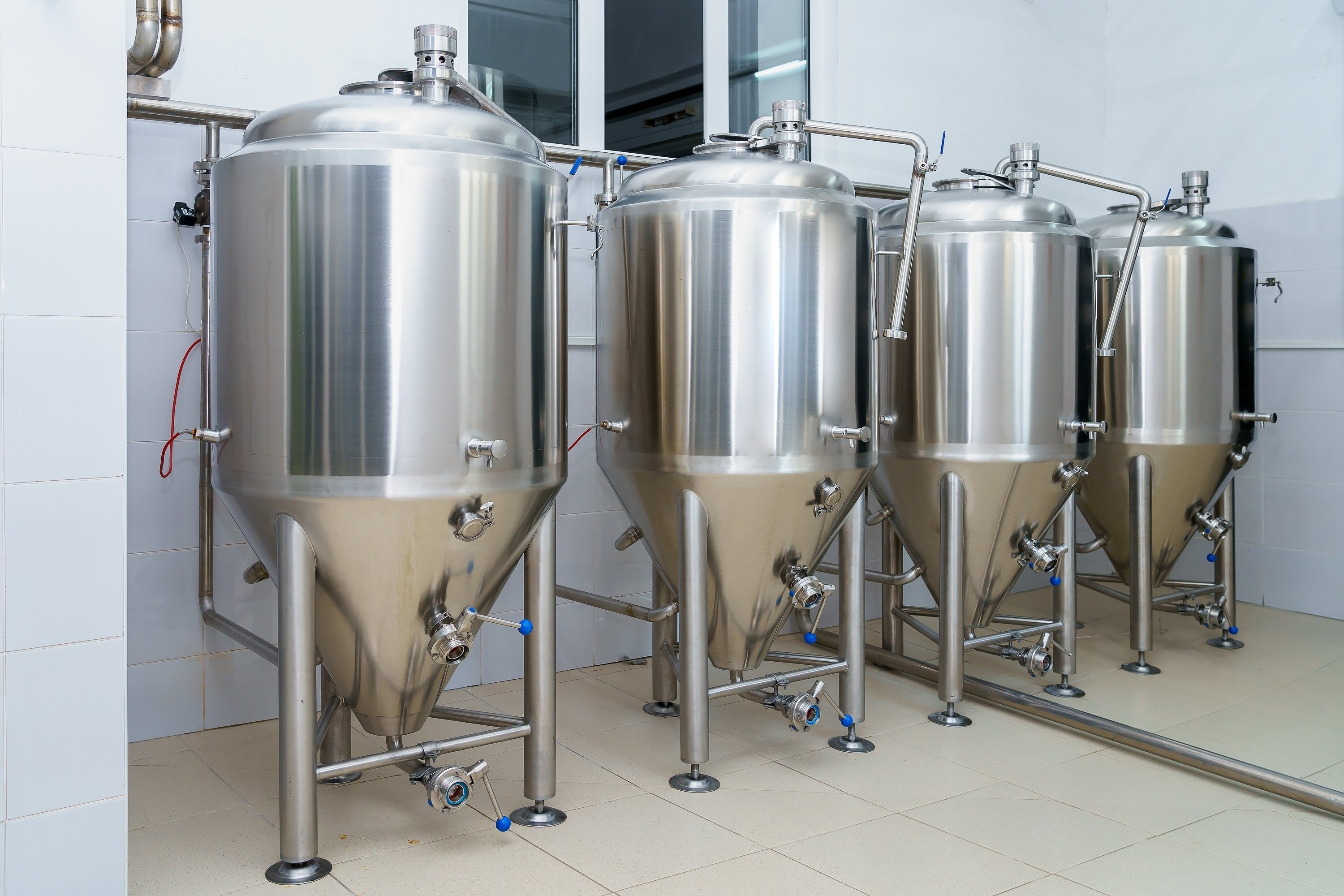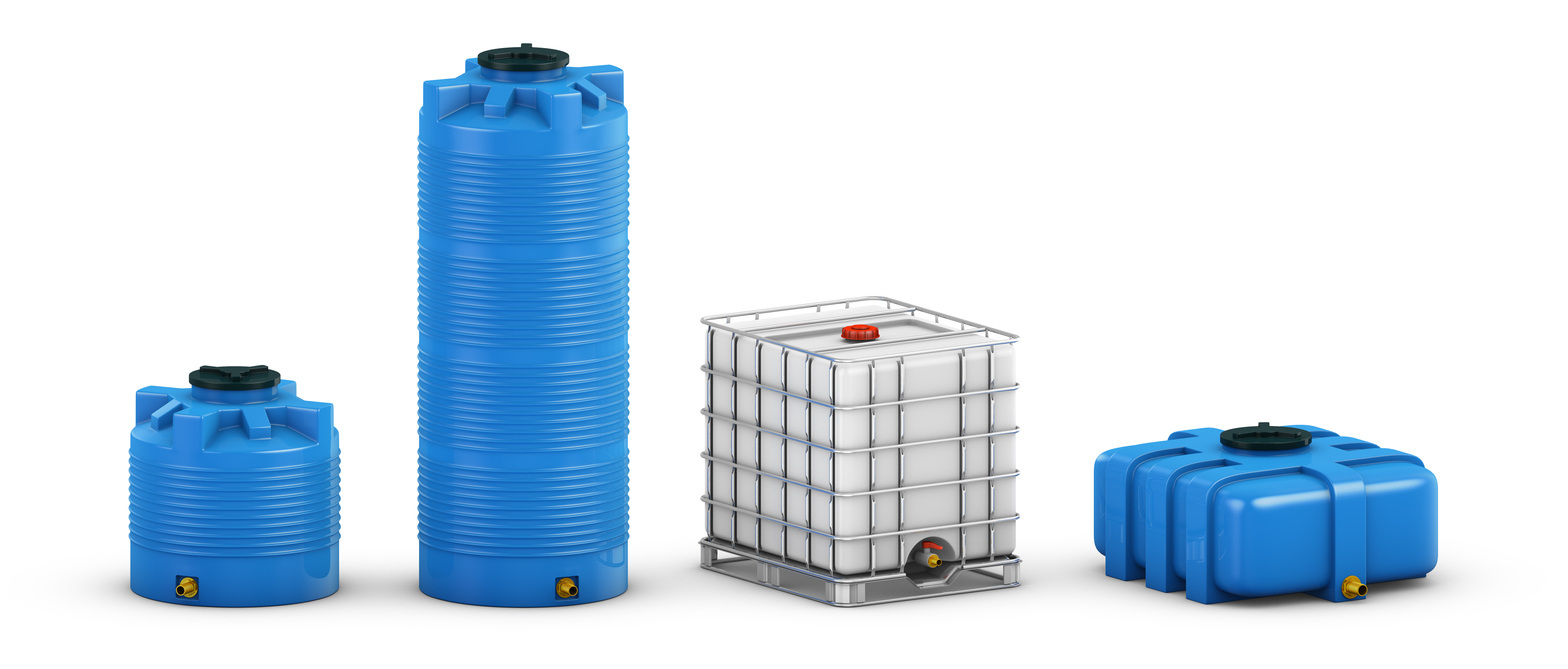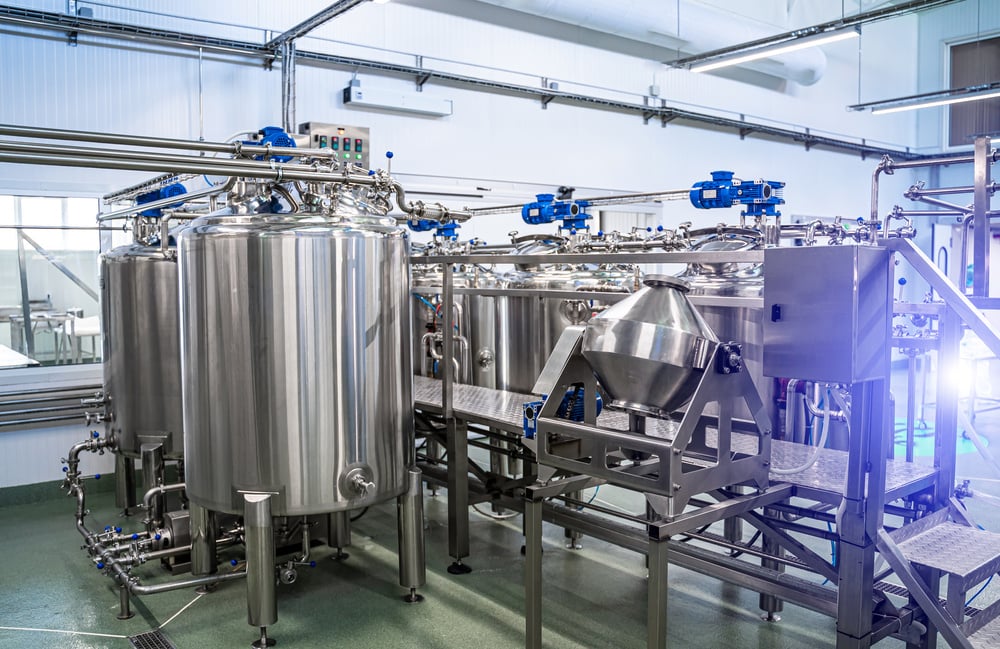Stainless Steel Processing Tanks in Efficient Liquid Processing
Efficient liquid processing is vital across many industries, from food and beverage to pharmaceuticals and chemicals. One of the key components in...
In a sea of choices, why do some stainless steel tanks rise above the rest, and how can you spot the ones that aren’t right for your operations?
After all, you’re choosing from a market flooded with options. If one manufacturer’s tanks are outperforming others, shouldn’t you understand why? If a particular design shows weaknesses, shouldn’t you steer clear?
When deciding on the right stainless steel tank, it is essential to examine the available offerings thoroughly. This allows you to pinpoint the features that meet your needs and identify those that don’t, making sure you select a tank that determines itself in performance and durability.
In this article we will be going over how to start the selection process on the right foot with these five strategies:
A stainless steel tank is a container that stores and processes various liquids and chemicals efficiently and safely. Made from stainless steel, these tanks are highly durable, resistant to corrosion, and can withstand extreme temperatures, making them ideal for storing a variety of substances. The primary functions of stainless steel tanks include securing liquids, facilitating chemical reactions, and ensuring consistency in temperature and quality of the stored materials.
These tanks often store chemicals, solvents, and process fluids in the industrial and chemical sectors. The food and beverage industry uses stainless steel tanks for applications such as milk storage, fermentation, and brewing, where maintaining hygiene and preventing contamination are very important. Additionally, they are used in pharmaceuticals, cosmetics, and water treatment plants, highlighting their versatility and reliability.
When selecting the appropriate stainless steel tank, understanding the types of materials is helpful to navigate which option is best for your project. The primary types of stainless steel used in tanks are 304 and 316, each offering distinct properties suited for various applications.
|
Property |
304 Stainless Steel |
316 Stainless Steel |
|
Cost-effectiveness |
304 stainless steel is typically less expensive than 316, making it more economical for many applications. |
More expensive than 304 due to the addition of molybdenum and nickel in its composition. |
|
Corrosion Resistance |
Provides strong resistance to corrosion in many environments, especially those without high exposure to harsh chemicals or chlorides. |
Contains molybdenum, enhancing its ability to withstand harsh environments, including exposure to chlorides, seawater, and acidic conditions. |
|
Resistance to Chloride-induced Corrosion |
Less resistant to chloride-induced corrosion than 316, limiting its use in environments with exposure to seawater or chlorine. |
Superior resistance to chloride-induced corrosion, making it suitable for marine and industrial environments with high chloride exposure. |
|
Performance in Extreme Temperatures |
Not as robust as 316 in highly corrosive or high-temperature environments. |
Performs better in higher temperature environments, providing greater durability and longevity. |
|
Weldability |
Excellent weldability, widely used for general-purpose applications. |
Still weldable but marginally more difficult to work with compared to 304, especially for larger-scale fabrications. |
|
Versatility |
Suitable for a wide variety of industrial processes, including food and beverage, brewing, and general chemical handling. |
Offers greater protection against aggressive chemicals, making it ideal for chemical processing industries. |
|
Longevity |
Good general resistance to corrosion. |
More resistant to wear, it typically lasts longer in demanding environments. |
|
Cost Justification |
More economical in applications without severe environmental challenges. |
Extra protection may be unnecessary in many applications, leading to higher costs without significant benefits. |
When deciding on the specifications of a stainless steel tank, it is best to consider four specific requirements of your process. Factors such as can determine what would be best for your production needs:
The volume of liquid that needs to be stored or processed, the input and output rate, and the storage duration all play a role in determining the appropriate tank size. Additionally, understanding the peak and average usage demands will help ensure the selected tank can accommodate operational needs without frequent overflows or wastage.
As your business grows, so will your process needs. Planning for scalability should be considered when choosing a tank size. Selecting a tank that can handle a range of capacities or easily combining additional tanks in the future can help adapt to increased production or new product lines. This forward-thinking approach can prevent costly upgrades or replacements over time, providing a seamless expansion of operations.
Vessel geometry is key to stainless steel mixing tanks with agitators, as it directly influences flow patterns, energy distribution, and the overall performance of the mixing process. The tank's shape, size, and proportions affect how fluid circulates, the extent of shear forces, and the reduction of dead zones.
For example, cylindrical vessels with rounded bottoms help promote more uniform mixing by minimizing corners where materials can stagnate. The proper ratio of the tank's height to its diameter ensures that the mixer creates the right balance between vertical and radial flow, which is important for blending materials efficiently.
When selecting a stainless steel tank, it is important to consider industry-specific regulations. The American Society of Mechanical Engineers (ASME) and UL 142 certifications are standards that may apply, depending on the application and industry. These certifications ensure that tanks are designed and constructed to handle the pressures and stresses faced during operation safely. Compliance with these regulations guarantees safety and reliability and can also be a legal requirement in specific sectors.
Maintaining sanitary conditions is required for safe operations in the food and beverage, pharmaceuticals, and cosmetics industries. Selecting tanks that meet stringent safety standards reduces the risk of contamination and provides product integrity. Safe materials, hygienic designs, and regulatory compliance work together to protect both the product and the consumers, creating trust in the quality and safety of your offerings.
Understanding the differences between pressure and storage tanks will help you select the right tank type for your application.
Pressure tanks are designed to withstand internal pressures above atmospheric levels and are typically used in processes involving pressurized gases or liquids. These tanks have supported structures and safety features to provide safety and reliability under pressure.
Storage tanks are primarily used for holding liquids at ambient atmospheric pressure. They focus on volume capacity and structural reliability and are tailored to industries where pressure containment is not a factor. Selecting the suitable tank type involves evaluating your processes' specific requirements and pressures.
To select the right industrial stainless steel tank, it’s important to consider how maintenance-friendly the design is. Tanks that offer easy access for inspection, cleaning, and repairs can reduce downtime and labor costs, making them more cost-effective. Features such as manways, inspection ports, and removable parts can significantly simplify routine maintenance tasks, leading to long-term operational efficiency.
Investing in a stainless steel mixing tank means considering its upfront cost versus how much you’ll save on maintenance over time. These higher-quality tanks cost more, but they are cheaper to maintain and last longer with in-place cleaning features.
Cleaning protocols are important in confirming product quality and safety, especially in the food, beverage, and pharmaceutical sectors. Tanks with efficient drainage and smooth surfaces can minimize cleaning time and resource consumption.
Certain industrial stainless steel tanks are compatible with Clean-in-Place (CIP) systems, which facilitate automated cleaning processes and dramatically reduce downtime compared to manual Clean Out of Place (COP) methods.
In regulated industries, compliance with hygiene standards through effective cleaning systems is non-negotiable. CIP features offer seamless cleaning cycles without disassembling equipment, which helps reduce labor time and increase production.
However, COP may still be necessary for certain applications. It requires disassembly for thorough sanitation but potentially offers more flexibility for deep cleansing.
Selecting the right stainless steel tank involves understanding the specific properties and applications of 304 and 316 types. Choose a tank that meets your process requirements, complies with industry standards, and offers features that is a long-term investment.
MXD Process is an industrial stainless steel tank manufacturer that can help you assess your needs for your industrial liquid processing requirements. Contact us today to discuss your needs and obtain a tailored quote.

Efficient liquid processing is vital across many industries, from food and beverage to pharmaceuticals and chemicals. One of the key components in...

Choosing the right process tank material is important for your facility's efficiency, safety, and overall environment. Whether you’re handling...

Custom stainless steel tanks make a difference when dealing with industrial liquids in food and beverage, pharmaceuticals, or chemicals. These tanks...